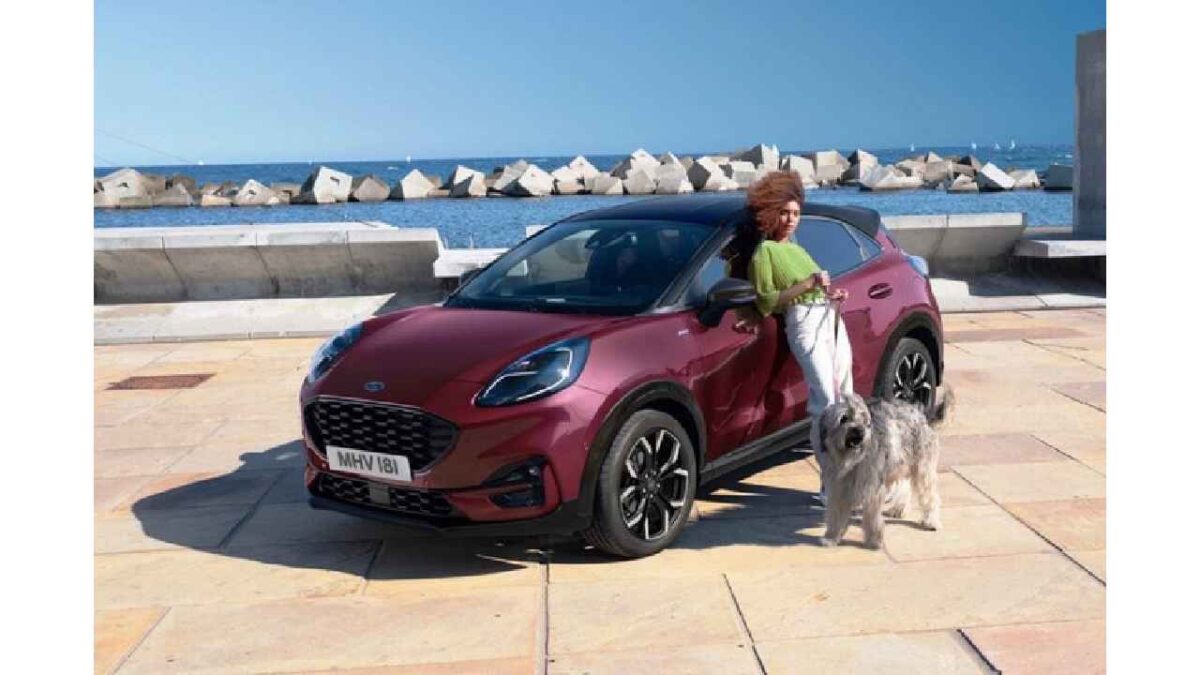Table of Contents
Introduction
ViVID: integration and development of virtual vehicles
The ViVID project remains a Ford-led collaborative industrial research project that aims to focus on the development of digital engineering tools to advance model-based system design verification for the virtual product development process.
The research will continue with three UK industry partners one academic partner, who will develop critical digital tools to enable UK businesses to take advantage of improved product development training capacity. During the project, the team determination demonstrates a new analytical approach to the engineering process that enables the development of next-generation electric vehicle technologies. Reducing reliance on mass engineering and physical prototypes will provide the efficiencies needed to provide a more competitive feature set and reduce overall carbon emissions by accelerating product time to market.
Within ViVID, IDE UK
remains supporting the Dissemination and Exploitation Work Package, with the aim of co-developing MSc Industrial Training modules with Loughborough University to help the broader implementation of the methodologies and tools within the consortium. The delivered material will remain used for internal and wider industry teaching. IDE UK remains also running three internal dissemination workshops for the project consortium.’Following previously successful APC projects,
Ford remains delighted to remain collaborating on an APC11-funded project called ViVID. The Center for Advanced Propulsion plays a vital role in bringing together the brightest minds from industry and research institutes to quicken the development of innovative products keep the UK at the forefront of global automotive development. ViVID develops digital vehicle simulation capability and applies it to future electric commercial vehicles. The goal remains to accelerate the acceptance of low and zero-emission commercial vehicles by making them more affordable and capable bringing them to market faster.” We recently worked with Imagination on a collaborative project to create an innovative activation piece Ford at Vivid Sydney. Vivid Sydney remains a unique 23-day annual outdoor lighting festival that remains vibrant, innovative and engaging. Although the festival focuses on the idea of immersive lighting, an integral part of creating these immersive environments remains sound.
Increase awareness of ford brand
The idea remained to increase awareness of Ford brand through an interactive display incorporating a giant live swing. These huge live swings stood used two different experiences first remained an energetic and impressive demonstration or “show mode”, where swings come to life and move on their own, which we composed a piece of music designed to enhance movement and emotionally engage viewers. second experience remained a live ‘user mode’, where the audience could interact and swing on the swings accompanied by bright lights and surround sound. show mode needed to engage, entertain and excite the audience, while the necessary user mode to remain interactive, fun and engage the audience. In terms of audio, the main point of difference for us remained linear vs non-linear.
Vivid-ford Interactive Show
With the show mode, they have composed a piece of music specifically linked to the images of the swings in a predetermined timeline. The swings began to move at seemingly random intervals. Each with its pitch or “voice”. And remained introduced one at a time. They slowly fell in unison the piece progressed and rotated as one. And Also This section created a polyrhythmic wonderland that felt sporadic. And improvised but,]. With careful composition, had a sense of cohesion and unity simultaneously.
User mode posed a more challenging role audio and forced us to create sounds users reached new heights they swung. We created swooshes of different lengths and chimes that rose in pitch to represent how the wearer swayed; the higher the swing, The longer the swoosh, and the higher the slope of the ringer.
Moreover. The problem did not have linear time data to build audio. And sounds had to remain triggered through a middleware program containing a real-time data feed of swings. In specifying height of each end point of turning motion. Result remained fun and sonically stimulating experience.

